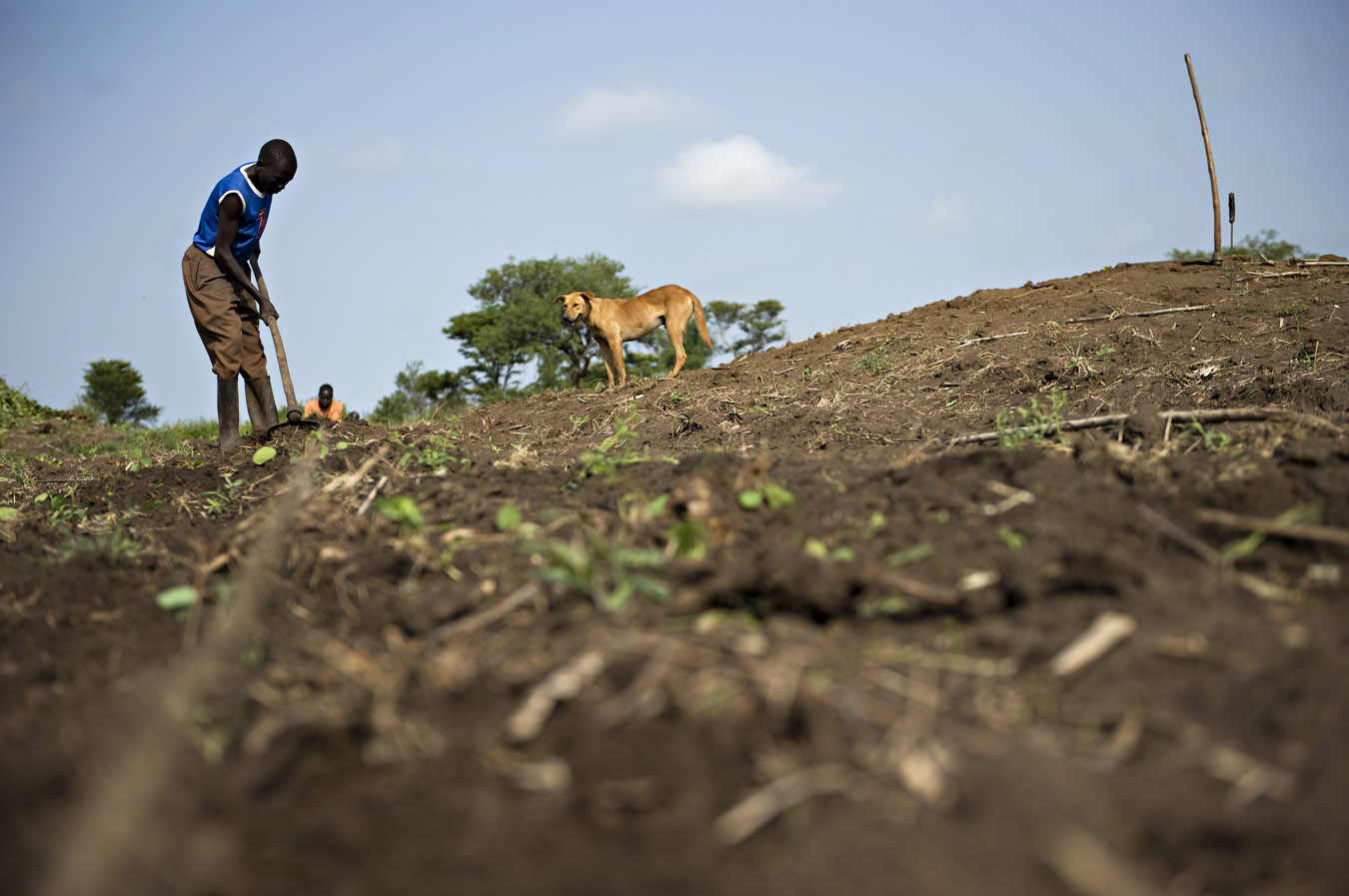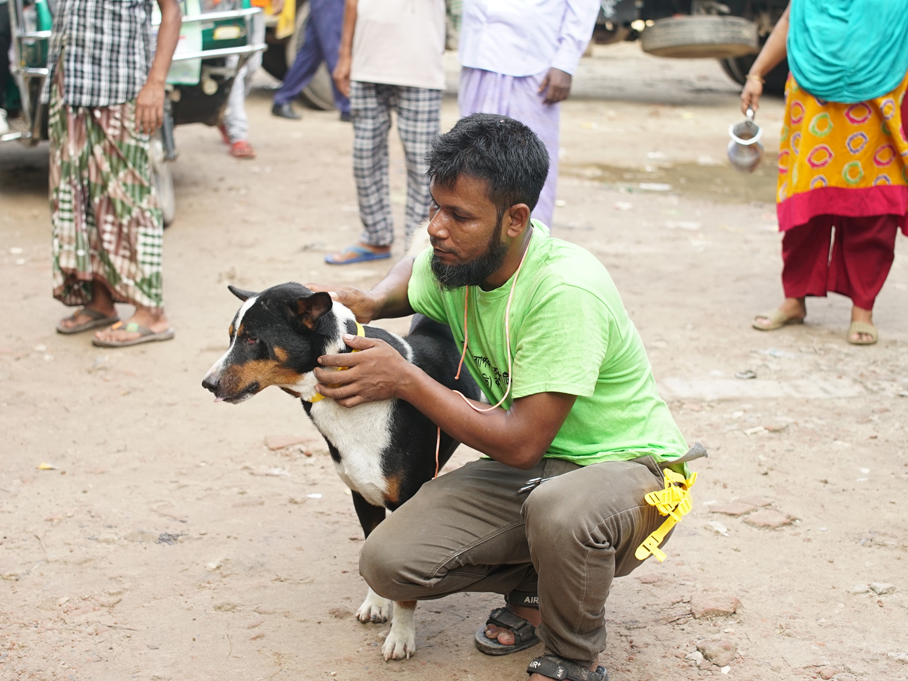Strengthening capacity towards rabies elimination in Asia:
A collective effort
Rabies is a major global public health issue that continues to plague many regions, particularly in Asia, where it remains endemic in several countries. Despite being a preventable disease, rabies claims the lives of an estimated 59,000 people each year, with the majority of these deaths occurring in rural and impoverished areas where access to vaccines and awareness is limited.
In Asia, dogs are the primary carriers of rabies, making canine-mediated rabies a significant threat to both humans and livestock, with devastating impacts on livelihoods, food security, and public health.
Rabies outbreaks in agricultural areas are particularly concerning, as they not only affect human health but also have a significant impact on livestock production. The disease can wipe out valuable traction animals, reducing productivity and leading to economic losses for farmers. In many of these regions, the rabies threat is compounded by a lack of resources, infrastructure, and coordination to effectively manage and control the disease.

The rabies challenge in Asia
Countries in Asia face significant challenges in controlling rabies. In Bangladesh, for example, the dog population is estimated to be around 1.6 million, and rabies remains endemic. Between 1996 and 2017, Bhutan reported 366 village-level outbreaks in animals, with most cases occurring in the southern region near the border with India. Nepal, too, struggles with the disease, but limited research and resources have hampered efforts to address it effectively. In Sri Lanka, dog-mediated rabies is responsible for 20 to 30 human deaths annually.
These figures highlight the urgent need for comprehensive strategies to combat rabies in Asia. While the challenges are significant, there is hope in the form of coordinated efforts and innovative approaches to rabies control. One such approach is One Health, which promotes close cooperation between animal and human health sectors at both national and local levels. This strategy recognizes that human, animal, and environmental health are interconnected and that tackling rabies requires collaboration across sectors.
A global commitment to rabies elimination
In 2015, FAO, in partnership with member countries, the World Organisation for Animal Health (WOAH), the World Health Organization (WHO), and the Global Alliance for Rabies Control (GARC), set an ambitious global goal: to eliminate human deaths from dog-mediated rabies by 2030. This marked the first time that a global target was established for rabies elimination, and it underscored the need for a coordinated, global effort to address the disease.
Achievements and impact
The FAO-led project made significant strides in enhancing national rabies control strategies in Bangladesh, Bhutan, the Lao People’s Democratic Republic, Nepal, and Pakistan. A key component of the project was the promotion of the Integrated Bite Case Management (IBCM) approach, which brought animal and human health sectors closer together, improved the investigation of bite cases, and promoted the humane catching of dogs.
The project also developed a participatory training programme for dog catching and vaccination, resulting in over 15,000 dogs being vaccinated and more than 500 dogs being neutered. National rabies control strategies and action plans were reviewed and updated, and a series of IBCM standard operating procedures (SOPs) were produced. Educational and awareness programs on rabies control were created and distributed, including audiovisual materials, leaflets, posters, folk songs, and other behavior change communication tools.
In Bangladesh, the project supported the government's mass dog vaccination campaign and introduced a specific IBCM strategy for livestock. Collaborating with the Rabies Action Center for Excellence (RACE), the project organized four training programmes on data collection, rabies dog identification, and dog catching techniques, leading to the successful vaccination of 4,775 free-roaming dogs. Public awareness was also raised through rallies and workshops held in eight districts.
In Bhutan, the national rabies strategy was reviewed and updated, leading to mass dog vaccination, rabies surveillance, and education activities. Hands-on training sessions were conducted for laboratory technicians at national, regional, and district levels to improve rabies diagnosis capabilities.
The Lao People’s Democratic Republic joined the project later, but still achieved significant results. During World Rabies Day, 6,500 dogs were vaccinated, and a nationwide education and awareness campaign was launched, distributing 1,000 posters and 2,000 leaflets with rabies control messages.
Nepal made progress with the support of the project. A national rabies control plan was developed, and the country implemented rabies prevention and vaccination campaigns across the nation, including radio jingles and printed materials to raise public awareness. A veterinary public health unit was established, and five training sessions were held for veterinary professionals on laboratory diagnosis, rabies epidemiology, and dog population control.
Pakistan joined the project in 2021 and developed a national plan to eliminate dog-mediated human deaths by 2030. A survey of the dog population was conducted, and rabies cases in both humans and animals were systematically recorded. About 2,000 dogs were vaccinated, and 100 were neutered as part of the project’s efforts. Additionally, a series of awareness-raising events and seminars were held to educate the public on rabies prevention.
Find out more

In depth
One Health approach to rabies
FAO supports member countries in their efforts to prevent and control rabies through a One Health approach.

Highlights
Reducing human rabies cases in Bali
Human cases of rabies in Bali dropped to a fraction of their peak levels, demonstrating the effectiveness of the One Health approach centred on vaccinating free-roaming dogs.

Case studies
Rabies prevention and control case studies
Examples of FAO’s activities to support member countries in Africa, Asia and the Middle East to tackle the risk of rabies through a One Health approach.
